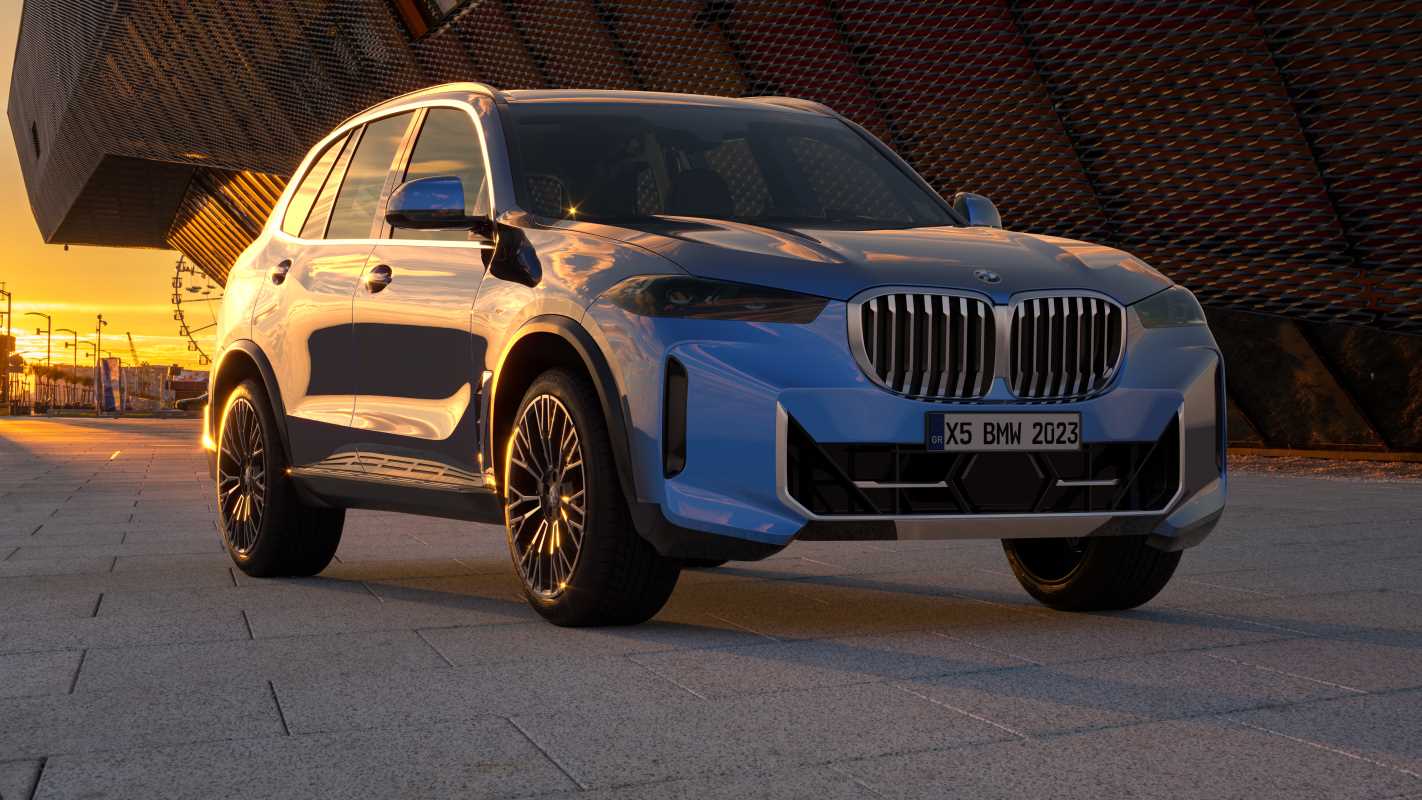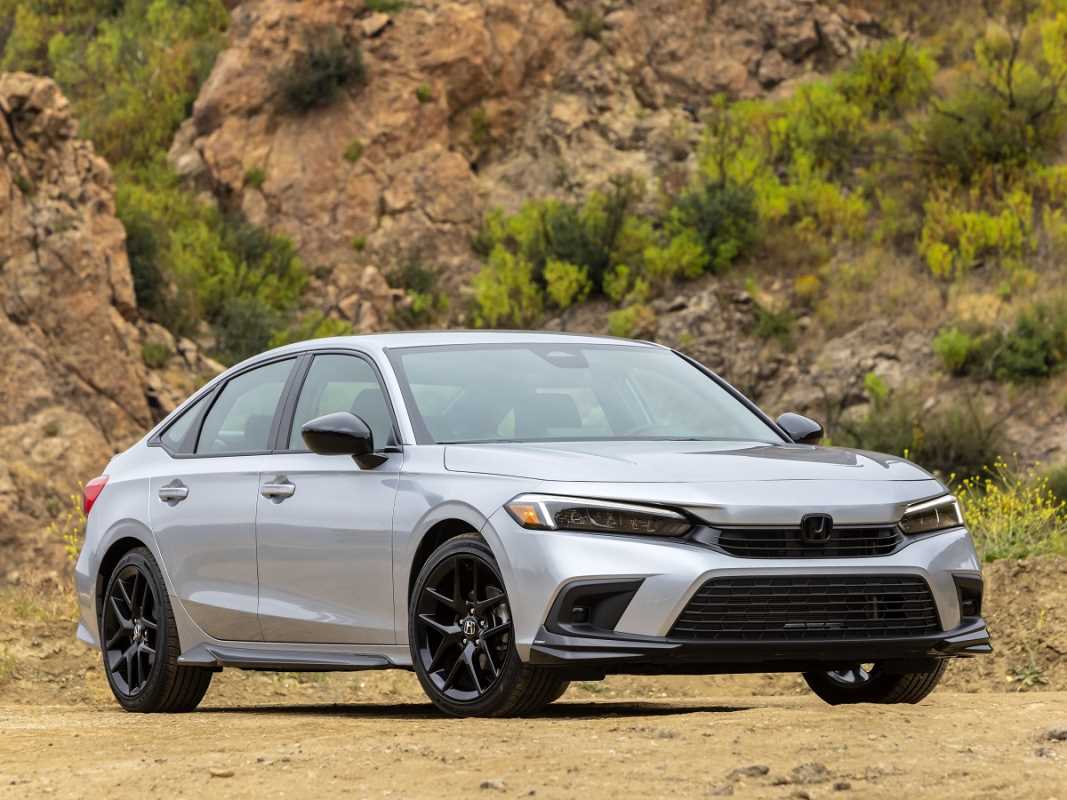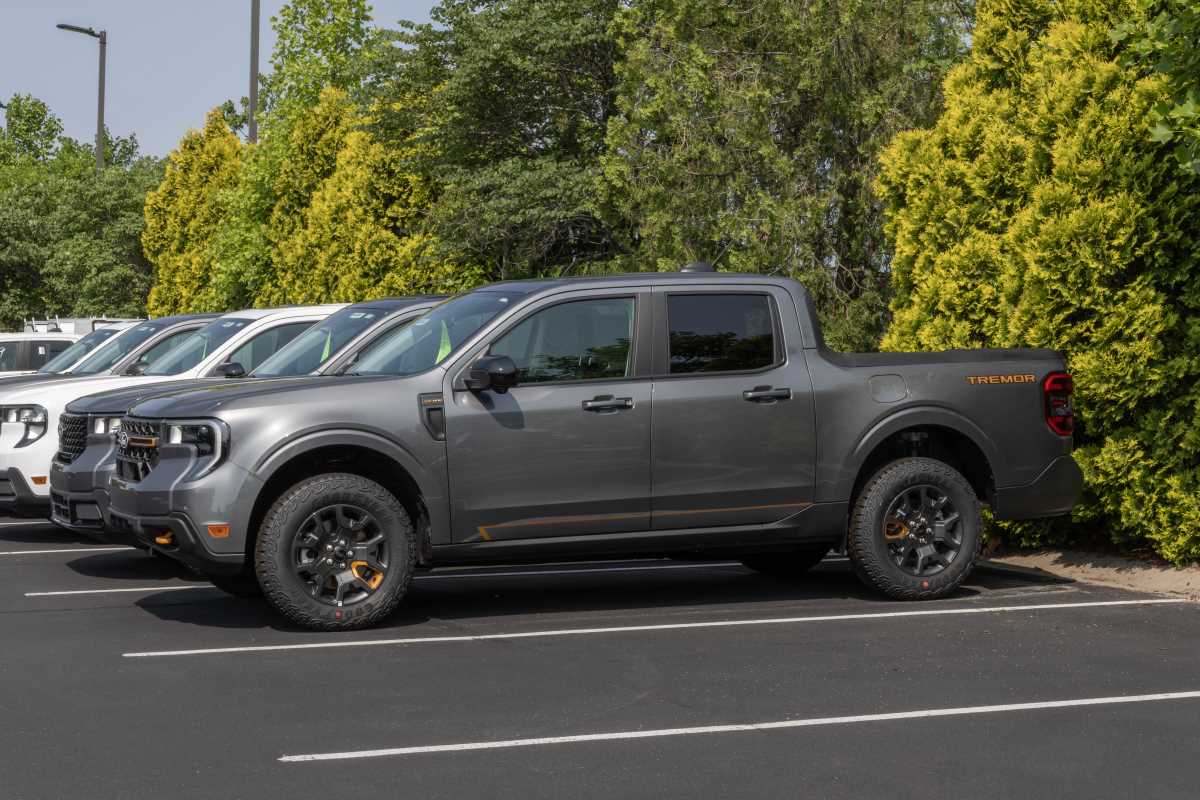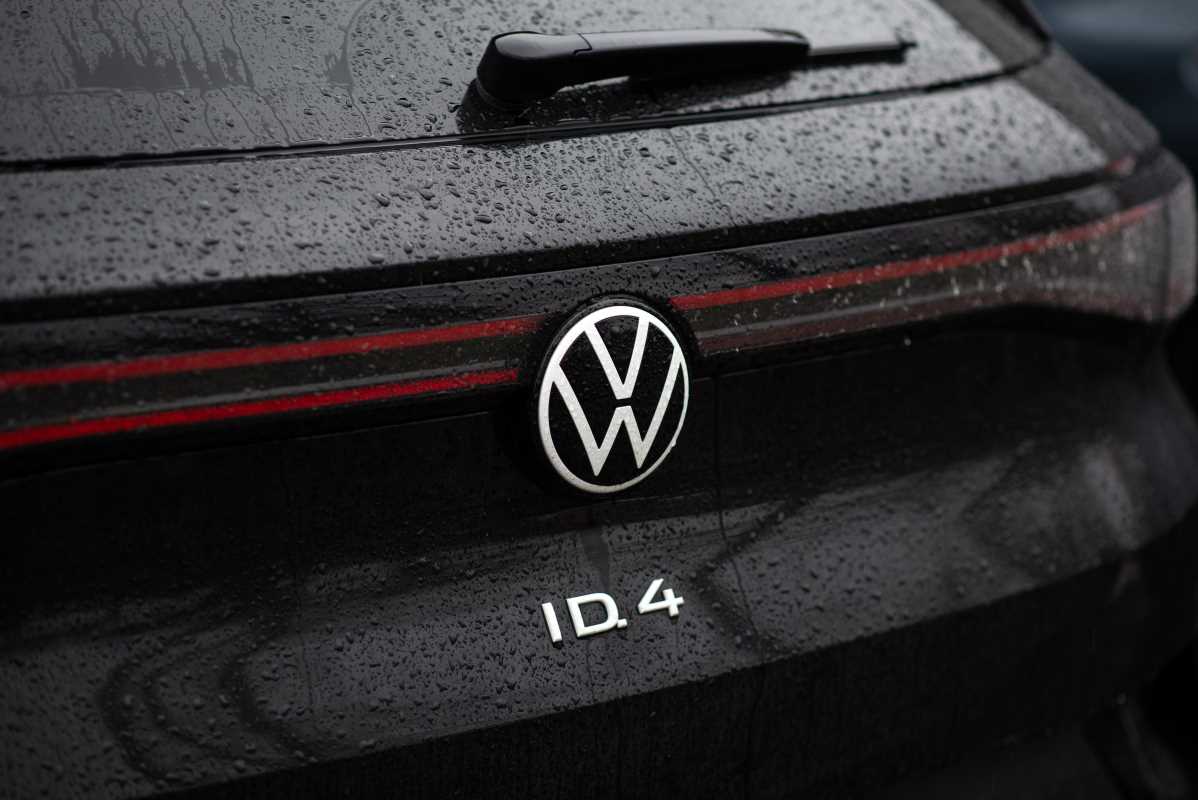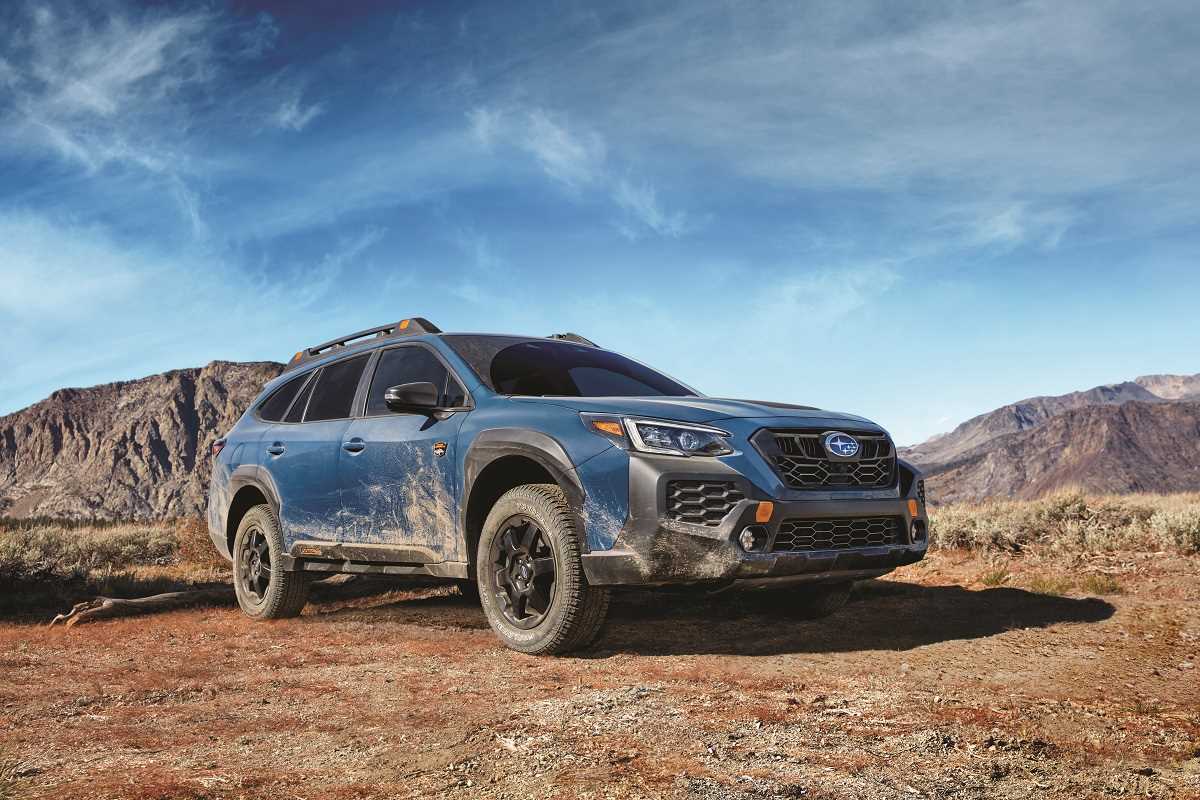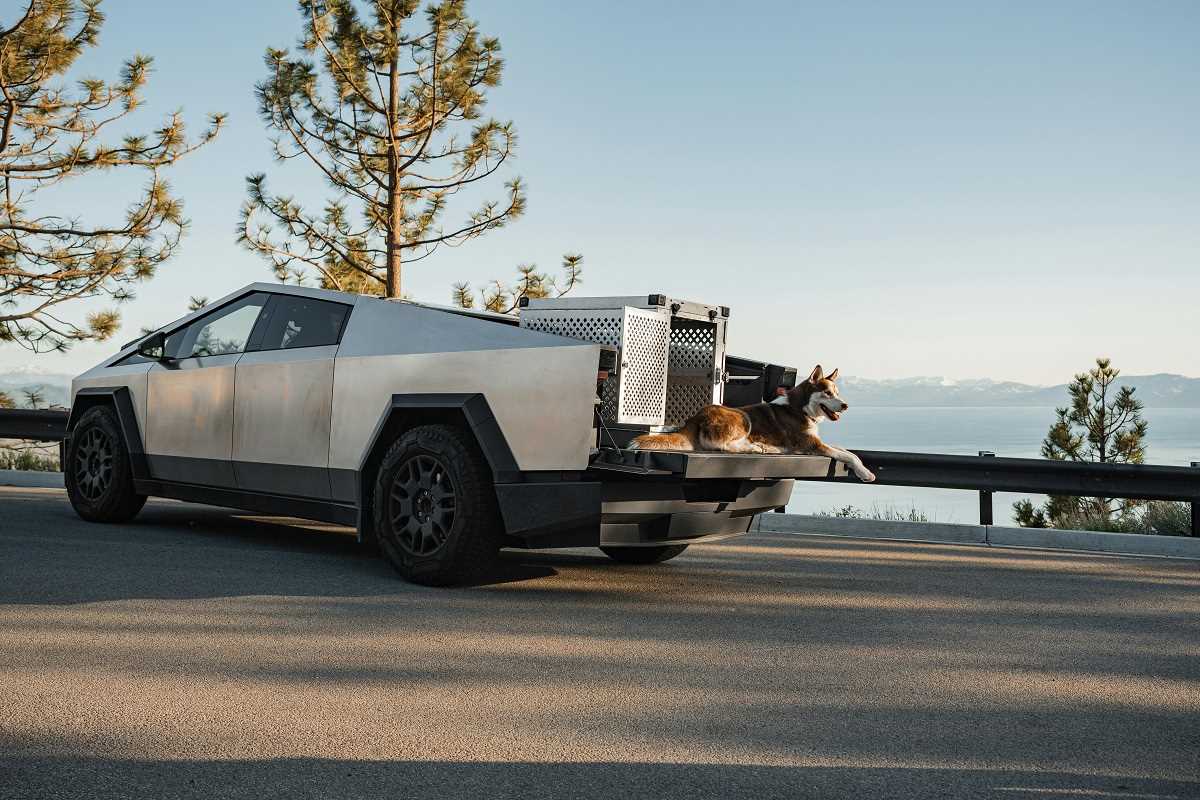Getting your driver's license is a huge milestone, a ticket to freedom and adventure. But with that freedom comes a lot of responsibility, starting with choosing the right car. For a new driver, the "best" car isn't always the fastest or the flashiest. The smartest choice is a vehicle that prioritizes safety, won't leave you stranded on the side of the road, and won't drain your bank account with high insurance and repair costs. This guide is for car enthusiasts helping a new driver make a wise choice. It focuses on the three pillars of a great first car: top-tier safety features to provide confidence, legendary reliability to ensure it starts every time, and a low total cost of ownership that makes it affordable to run. Picking the right car is the first step to a lifetime of happy and safe driving.
What to Prioritize in a First Car
When shopping for a first car, it’s easy to get distracted by cool features or sleek designs. However, the most important factors are the ones that keep a new driver safe and their budget intact. Your top priority should be safety. Look for vehicles with excellent crash test ratings from organizations like the Insurance Institute for Highway Safety (IIHS) and the National Highway Traffic Safety Administration (NHTSA). Beyond just crashworthiness, focus on active safety features. These are technologies that can help prevent a crash from happening in the first place. Key features include Automatic Emergency Braking (AEB), which can stop the car if it detects an imminent collision, Lane-Keeping Assist, and Blind-Spot Monitoring.
Next, focus on reliability. A new driver needs a car that is dependable and won't require constant, expensive repairs. Brands like Toyota, Honda, and Mazda have built decades-long reputations for building cars that run for hundreds of thousands of miles with just basic maintenance. Checking reliability scores from sources like Consumer Reports can give you a great idea of what to expect.
Finally, consider the total cost of ownership. This goes beyond the sticker price. Insurance costs for new drivers can be extremely high, and they vary dramatically depending on the car. A sensible sedan will be far cheaper to insure than a sporty coupe. You also need to factor in fuel economy and routine maintenance costs. A car that is efficient and easy to service will save a lot of money in the long run. Good visibility and ease of use are also crucial; a car that is easy to see out of and simple to park makes the learning process much less stressful.
Great Small Cars and Compacts
Small cars and compact sedans or hatchbacks are often the perfect starting point for new drivers. They are affordable, incredibly fuel-efficient, and easy to maneuver and park. Their smaller size makes them less intimidating to drive, helping to build confidence behind the wheel. The modern compact car is also packed with safety features that were once reserved for luxury vehicles.
The Toyota Corolla is the quintessential first car for a reason. It is legendary for its reliability, has low running costs, and comes standard with a comprehensive suite of safety features. The Honda Civic is another top contender, offering a slightly more engaging driving experience and a high-quality interior while still delivering on the promise of safety and dependability. For those who want a car with a bit more style and a premium feel, the Mazda3 is an excellent choice. It offers a beautiful design and an upscale interior without sacrificing safety or reliability. The Hyundai Elantra also provides a compelling package with bold styling, a ton of technology for the price, and a great warranty. If a little more utility is needed, compact crossovers like the Toyota Corolla Cross or Hyundai Kona offer a slightly higher seating position and more cargo space while retaining the easy-to-drive nature of their car-based counterparts.
Safe Small SUVs for Added Confidence
For new drivers who want a more commanding view of the road or the security of available all-wheel drive (AWD), a small SUV is a fantastic option. These vehicles blend car-like driving dynamics with a higher seating position, which can significantly improve visibility and confidence. They also offer more cargo space, making them practical for hauling sports equipment, dorm room supplies, or gear for a weekend camping trip.
The Toyota RAV4, especially in its hybrid form, is a standout in this category. It offers excellent fuel economy, plenty of space, available AWD, and Toyota's sterling reputation for reliability. The Honda CR-V is another benchmark, known for its enormous and user-friendly interior, comfortable ride, and strong safety scores. The Nissan Rogue is also a worthy contender, prioritizing a smooth, quiet ride and offering an advanced driver-assistance system called ProPILOT Assist that can reduce fatigue on long highway drives.
For those ready to make the jump to an electric vehicle (EV), models like the Hyundai Ioniq 5 and Ford Mustang Mach-E are excellent, safe choices. They have earned top safety awards and offer the benefits of instant acceleration, silent operation, and no more trips to the gas station. While their purchase price is higher, their lower running costs and reduced maintenance can help offset the initial investment over time.
What to Avoid for a First Car
Just as important as knowing what to look for is knowing what to avoid. The wrong car can be a source of stress, expense, and unnecessary risk for an inexperienced driver. First and foremost, steer clear of cars with high horsepower. A powerful sports car can be tempting, but its ability to get up to high speeds quickly can be a dangerous combination with inexperience. It’s better to learn the fundamentals of car control in a vehicle with a modest, predictable amount of power.
Coupes and sports cars with poor visibility should also be avoided. Vehicles with long hoods, low rooflines, and tiny rear windows create significant blind spots, making lane changes and parking much more difficult and risky. Similarly, stay away from older luxury cars. While a cheap, used premium car might seem like a bargain, its maintenance and repair costs can be astronomical. A simple repair on a ten-year-old German luxury sedan can easily cost more than the car is worth.
Finally, while trucks are useful, a large pickup might not be the best choice for a new driver, especially if they will be driving primarily in urban or suburban areas. Their large size makes them difficult to park and maneuver in tight spaces, and their fuel economy is typically much worse than that of a car or small SUV.
The Smart Buying Checklist
Once you've narrowed down the options, following a smart buying process will ensure you end up with a safe and reliable vehicle. If buying used, strongly consider a Certified Pre-Owned (CPO) vehicle from a reputable dealer. CPO programs include a thorough multi-point inspection and a factory-backed warranty, which provides invaluable peace of mind.
For any used car, always get a vehicle history report from a service like CarFax or AutoCheck. This will alert you to any reported accidents, title issues, or mileage discrepancies. You should also use the car's Vehicle Identification Number (VIN) to check for any open safety recalls on the NHTSA's website, which is a free and essential step.
Before you even think about signing paperwork, have the car inspected by a trusted, independent mechanic. This is called a pre-purchase inspection (PPI), and it's the single best way to avoid buying a car with hidden problems. A good mechanic will check the engine, transmission, brakes, and suspension and can spot issues an average buyer would miss. Also, take a close look at the tires and brakes yourself—if they are worn, they will need to be replaced soon, which is a significant expense. Finally, get insurance quotes for the specific vehicles you are considering before you buy. This will help you understand the true cost of ownership and avoid any unpleasant surprises.

